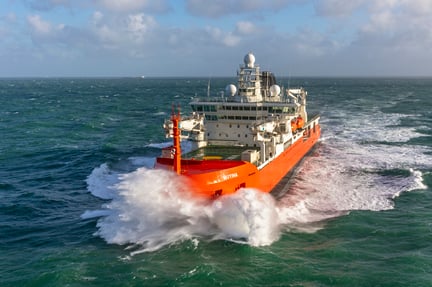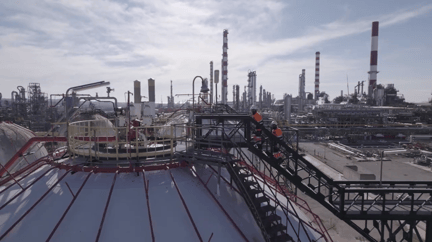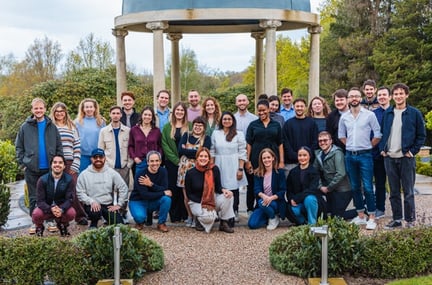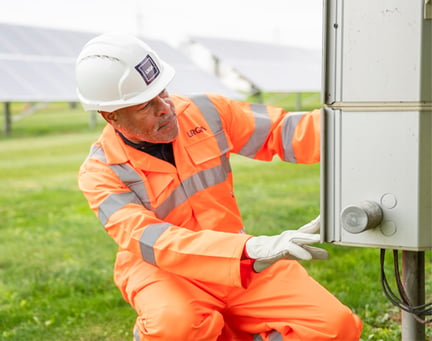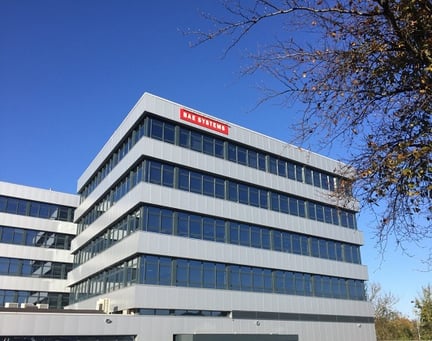In a world still reeling from the impact of COVID-19, LRQA's Group Health, Safety, Environment & Security Director James Pomeroy discusses, how well-prepared businesses are to deal with major crises and what lessons we have learned so far.
An ever-changing world
COVID-19, the Australian bushfires, security events in the Middle East and natural disasters have all occurred in the last six months. This is part of a wider trend with the frequency of these incidents increasing, and with each crisis, the world looks different than it did before. The connectivity of our planet has also increased the intensity of these events, and the current pandemic has highlighted our reliance on global supply chains, technology and our ability to travel. Despite the advancements in IT and technology that enable us to ride out such incidents, the critical weakness that we often overlook in our plans is people.
Now more than ever, organisations need effective Business Resilience Plans (BRPs) which identify those people who are absolutely essential to keep a company running through the most challenging of circumstances. Not all of these people will be the most senior employees at the top of the organisation who we may automatically think of. They could be individuals who hold specialist roles, are inherent critical thinkers, don’t bend under pressure, or who have the skillset and mindset to spot opportunity in times of adversity.
Critical people and how to identify them
While every organisation needs to understand minimum staffing levels, there is often a concentration of critical personnel in high-risk and regulated industries or large-scale infrastructure businesses – without who the organisation simply cannot function. These are typically people within a company whose work is often invisible to others but is critical to “keeping the wheels on”. They may have regulatory duties, undertake support roles or perform much-need technical skills that are required to support clients or ensure the continued operations.
In regulated industries the roles are often named and obvious, due to technical competencies or an ability to perform a duty required by legislation. These people may also be known as ‘critical enablers’ due to their competencies; time-based experience; qualifications or their approval as authorisers, which enable them to complete specific tasks that no-one else can.
For example, in aviation this could be maintenance technicians and even the crew approved for each plane type. In offshore companies, this could be the offshore installation manager. In the marine world, it’s the Master and critical members of the crew. In critical infrastructure, it’s people who have the ability to ‘keep the lights on’ – this could be any number of key personnel working in utilities including water, gas and electricity. If we look at railways, it could the drivers and signalling personnel approved for a particular route. These all involve technical competencies and can take years of training and huge investment on the part of the company in specialist training to ensure people can deliver the job to the required standard. Without these individuals, businesses simply cannot function effectively.
In other non-regulated commercial organisations, critical people can be harder to identify. This could include back office staff such as treasurers, company secretaries, customer interfaces, relationship managers, innovators or those with leading organisational skills – these people have often held numerous positions within an organisation and know how to get things done quickly, across departments.
To identify these people, a company needs to look at its strategy and the markets it is operating within and consider ‘which roles can we simply not do without?’ This could be done through a risk assessment that forms part of a company’s BRP or business impact assessment, or through legal registers that are part of a management system such as the internationally recognised occupational health and safety standard ISO 45001, or as part of the development of an essential skills and authorisations matrix.



